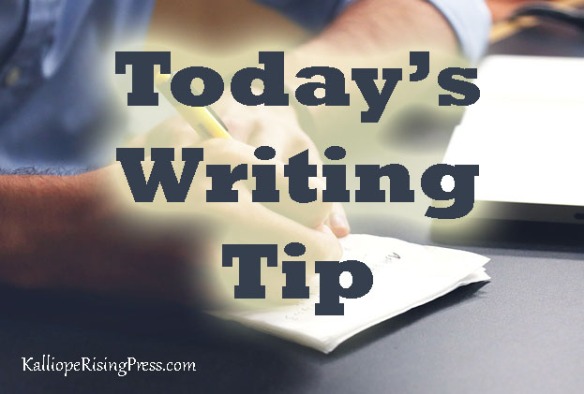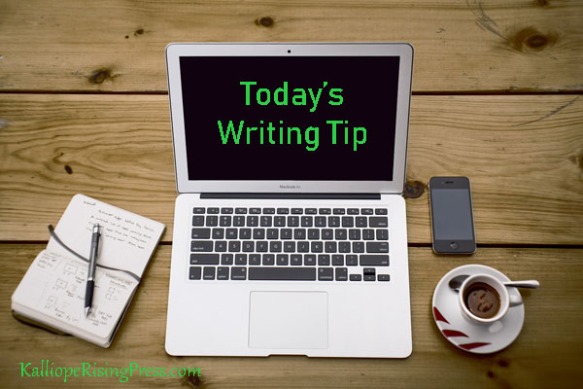
Here’s an idea for those of you who may tend to be impatient getting your book out there. While I don’t necessarily recommend doing so until it’s sufficiently edited and refined, if you need to make a deadline or simply have to get it out there for your own sanity sake, there’s a good chance that you’re going to find things that need to be corrected or revised after the fact.
If your chosen POD distributor (or in some cases, publisher or formatter, if you have the luxury of having someone else do that for you) charges you for every edit or change, it can get expensive. One way to deal with this would be to start with an ebook where such updates are easier. Then, when it’s been through all your beta readers, editors, and so forth–when you’re absolutely sure your story is the best it can be–then you can move forward with the print copy.








